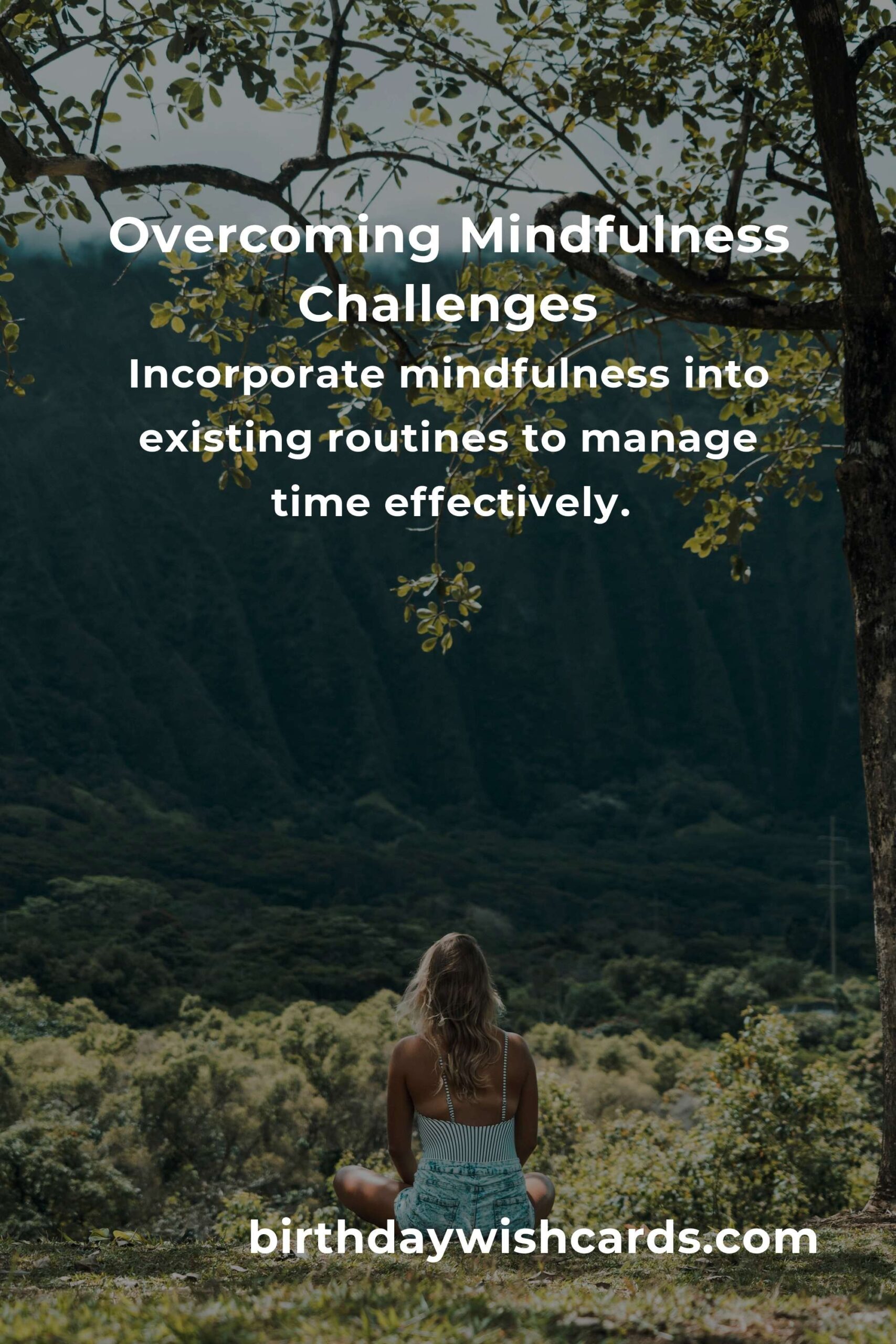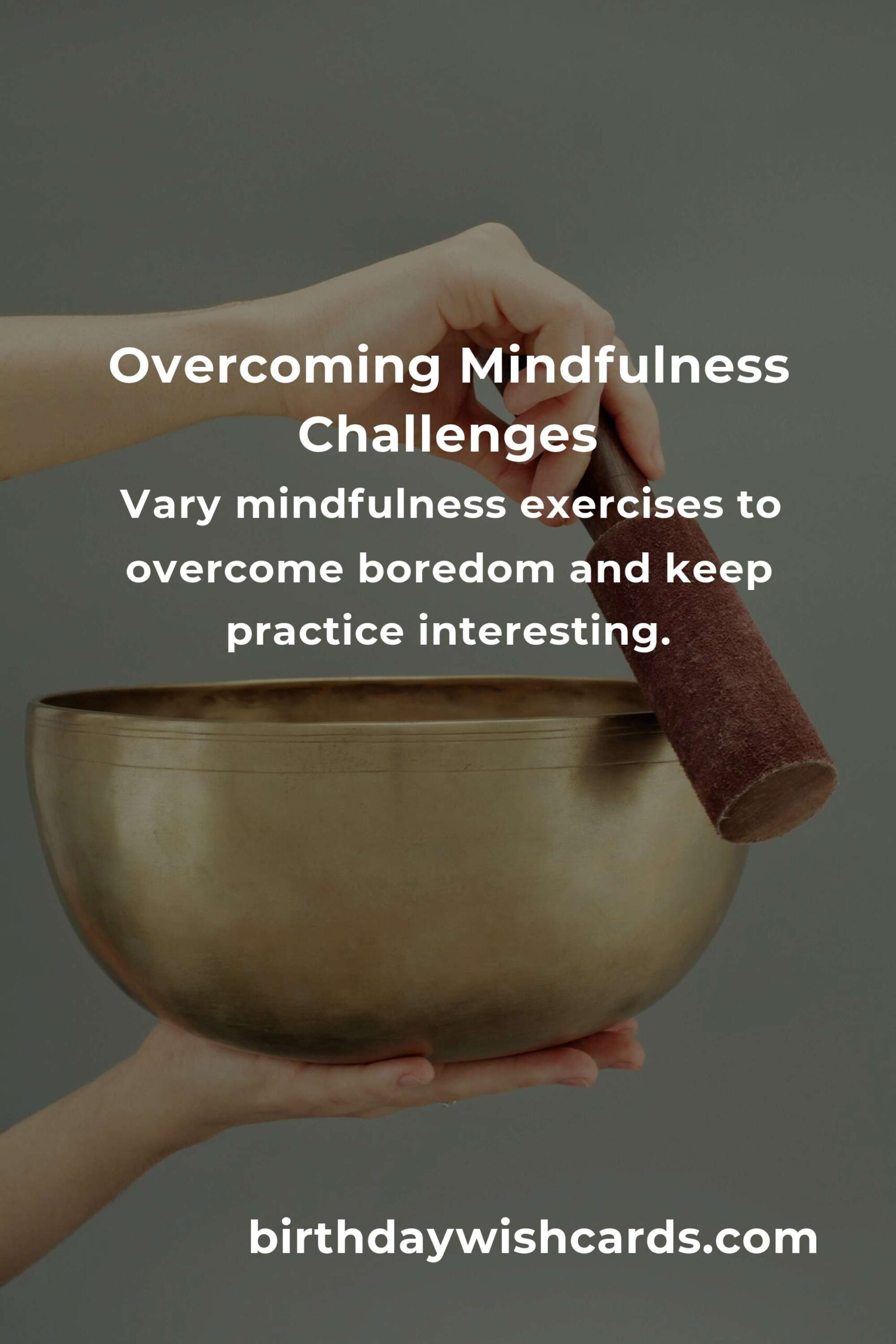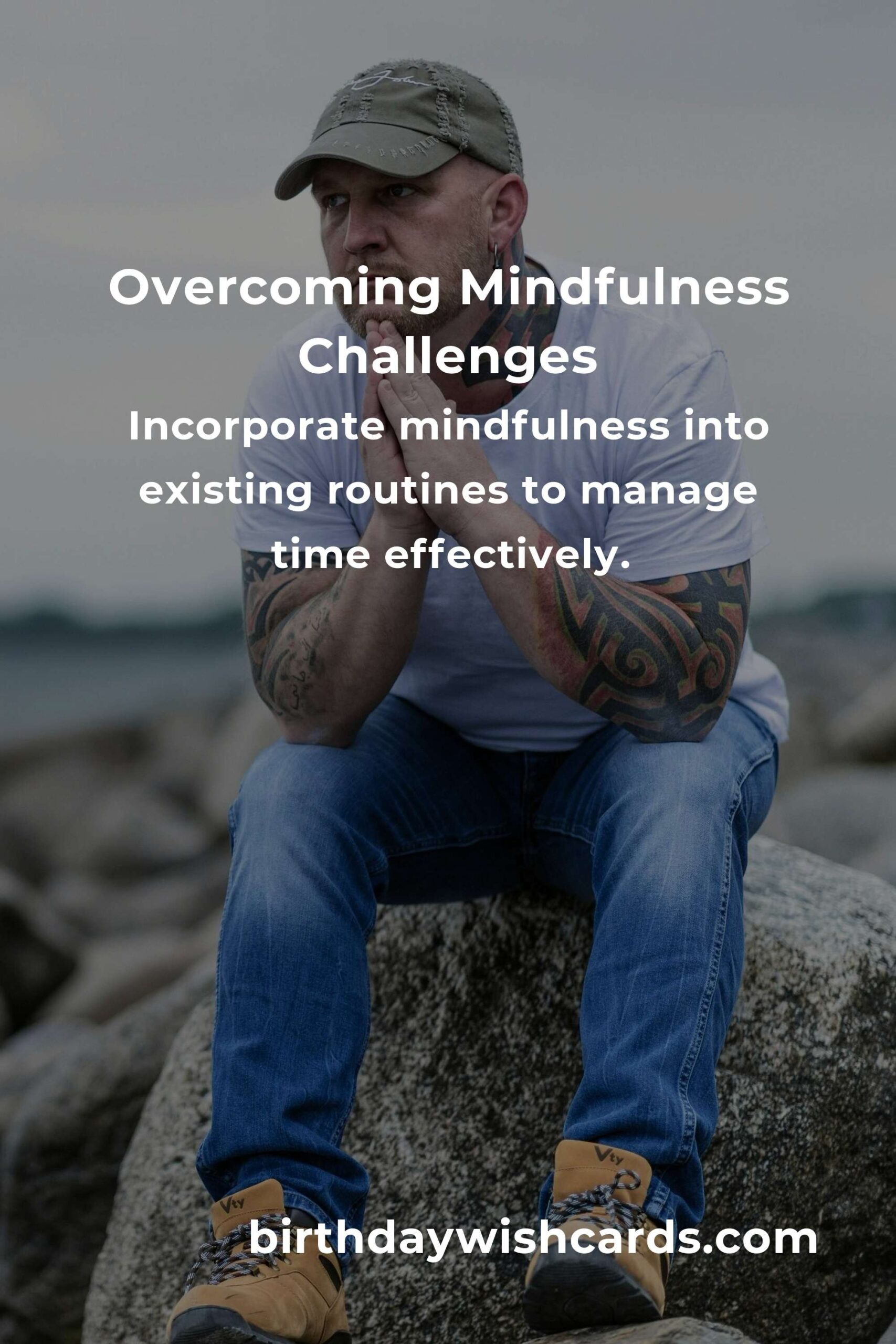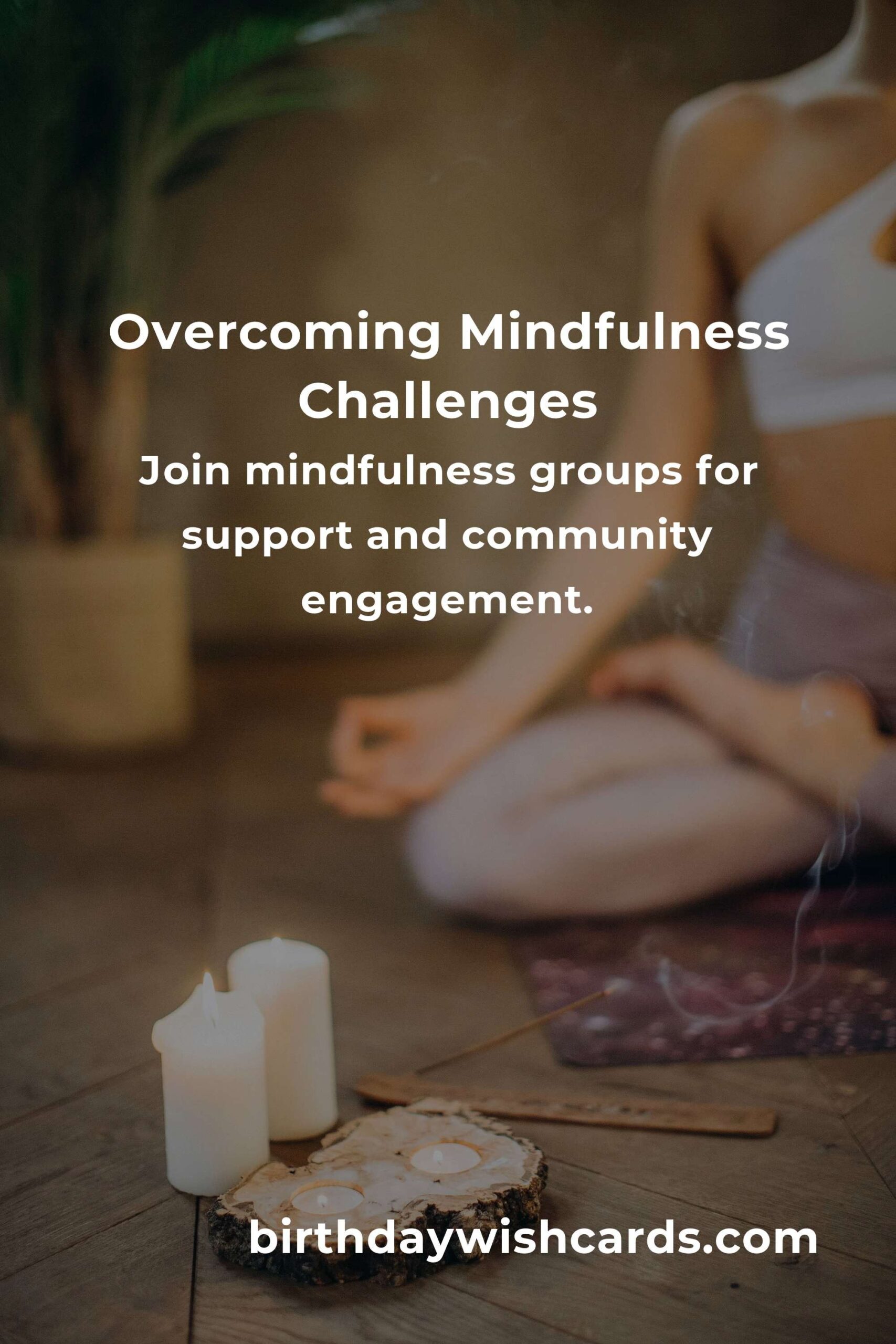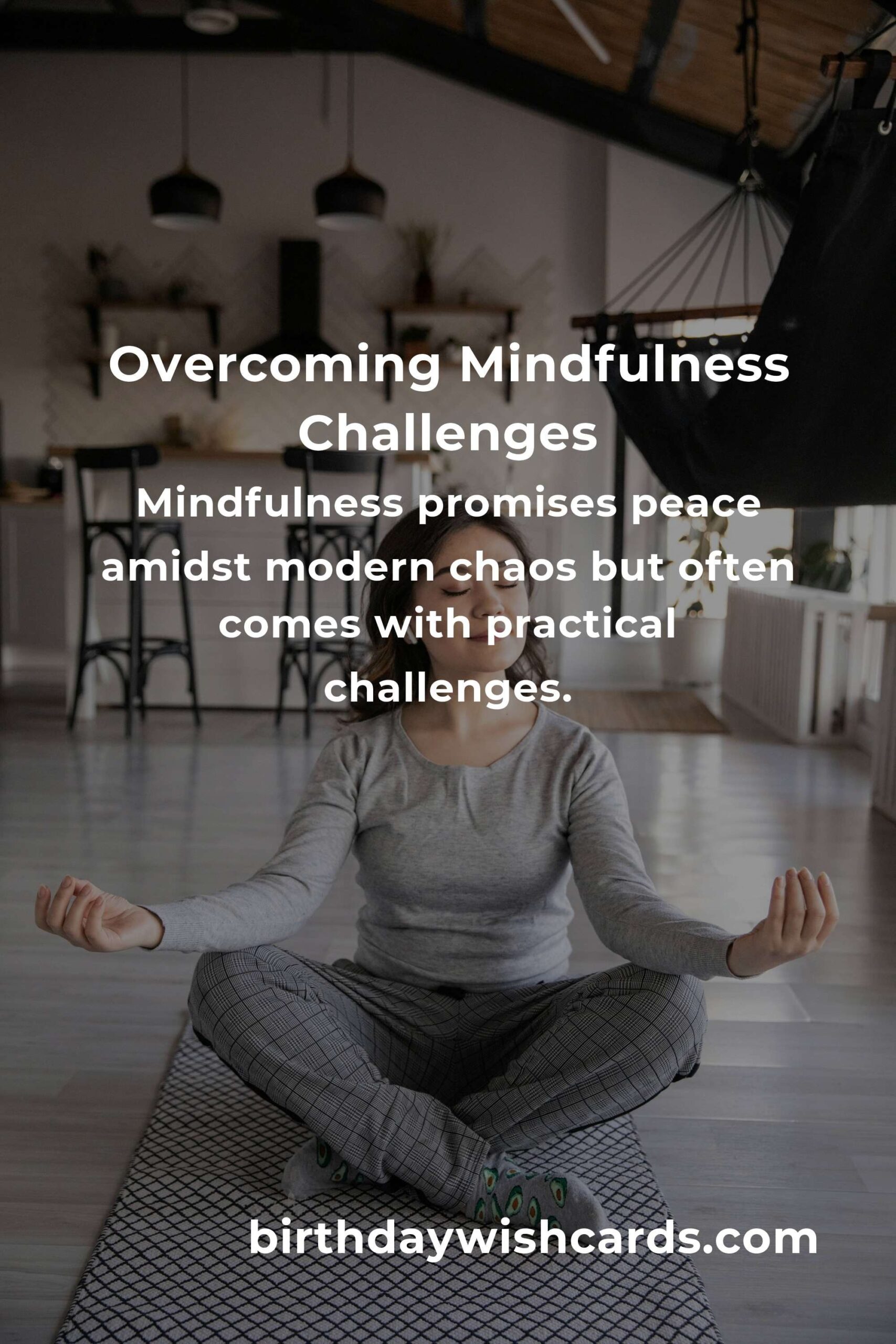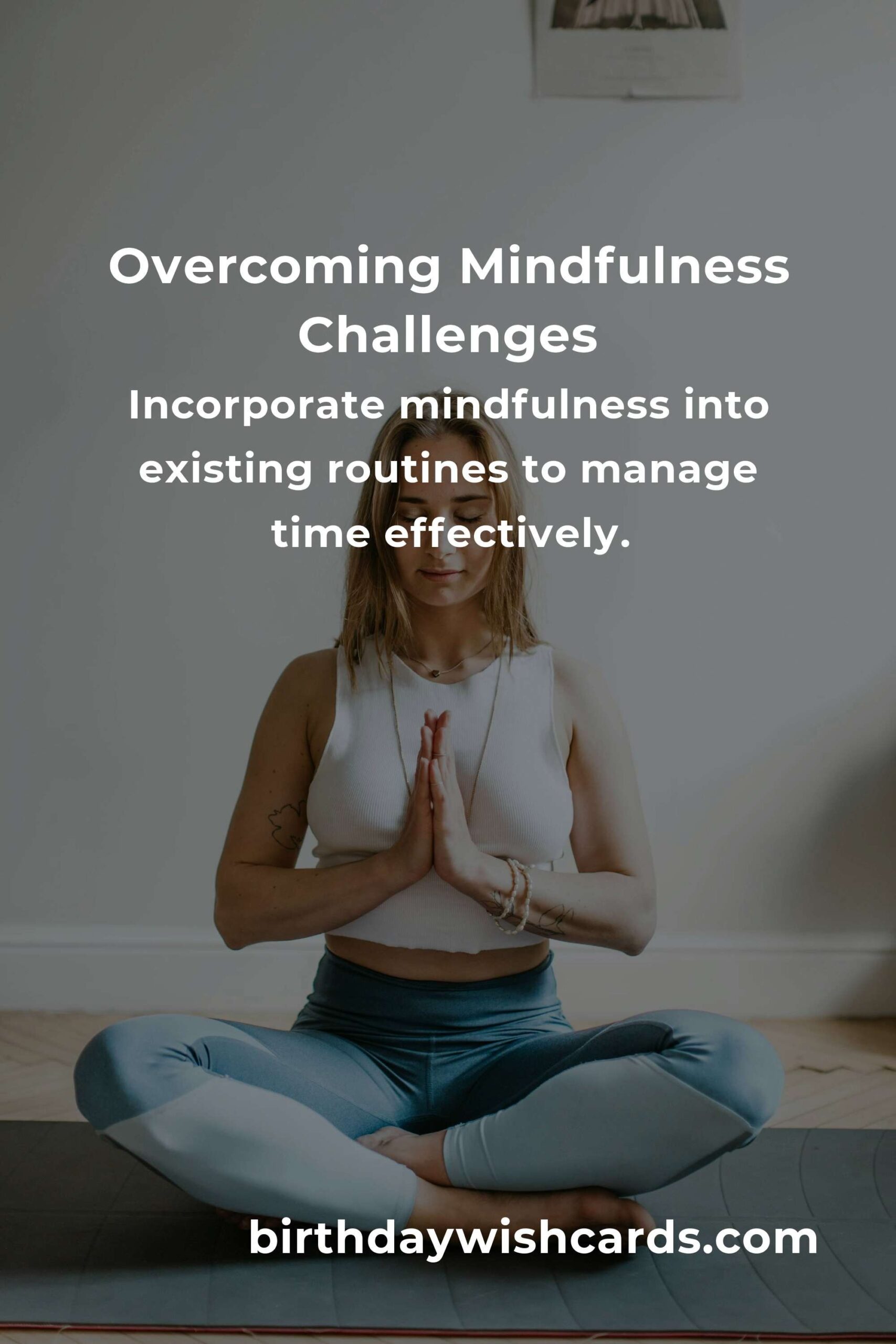
Mindfulness has become a buzzword in recent years, promising a path to peace and clarity amidst the chaos of modern life. However, many people encounter several practical problems when trying to integrate mindfulness into their daily routines. This article explores these common issues and provides effective solutions to help you cultivate a more mindful lifestyle.
The Challenge of Time Management
One of the most common problems people face is finding the time to practice mindfulness. With busy schedules and endless responsibilities, dedicating even ten minutes a day can seem daunting.
The solution lies in incorporating mindfulness into your existing routine. Instead of setting aside separate time, try to integrate mindfulness into activities you already do. For example, practice mindful breathing during your commute or while doing household chores. This approach allows you to experience the benefits of mindfulness without having to rearrange your entire schedule.
Dealing with Distractions
In our technology-driven world, distractions are inevitable. Notifications, emails, and social media can easily disrupt your mindfulness practice.
To combat this, create a distraction-free environment for your mindfulness sessions. Turn off your phone, close unnecessary tabs on your computer, and find a quiet space. It can also be helpful to set boundaries with family or roommates, letting them know you need some uninterrupted time.
Overcoming Boredom
Many people report feeling bored or restless during mindfulness practice. This often occurs because they expect immediate results or find the practice monotonous.
To address this, start by setting realistic expectations. Mindfulness is a skill that develops over time, and its benefits might not be immediately apparent. Try varying your practice to keep it interesting. Explore different types of mindfulness exercises, such as body scans, walking meditations, or guided imagery, to find what resonates with you.
Managing Expectations
Another issue is the pressure to achieve a particular state of peace or enlightenment, leading to frustration when expectations aren’t met.
It’s important to approach mindfulness without judgment or predefined goals. Mindfulness is about being present and observing your thoughts and feelings without attachment. Practicing self-compassion and accepting where you are in your mindfulness journey can alleviate pressure and enhance your experience.
Finding Support and Community
Many individuals struggle with sustaining their mindfulness practice due to a lack of support or community.
To overcome this, consider joining a mindfulness group or class. Engaging with others who have similar goals can provide motivation, accountability, and a sense of belonging. Online forums and social media groups are also excellent resources for finding support.
Conclusion
Solving common practical mindfulness problems requires patience, creativity, and an open mind. By integrating mindfulness into your daily routine, creating a distraction-free environment, managing expectations, and finding a supportive community, you can overcome these challenges and enjoy the profound benefits of mindfulness in your everyday life.
Mindfulness promises peace amidst modern chaos but often comes with practical challenges. Incorporate mindfulness into existing routines to manage time effectively. Create a distraction-free environment to enhance mindfulness practice. Vary mindfulness exercises to overcome boredom and keep practice interesting. Join mindfulness groups for support and community engagement.
#Mindfulness #PracticalMindfulness #MindfulnessTips #StressRelief #MentalHealth

